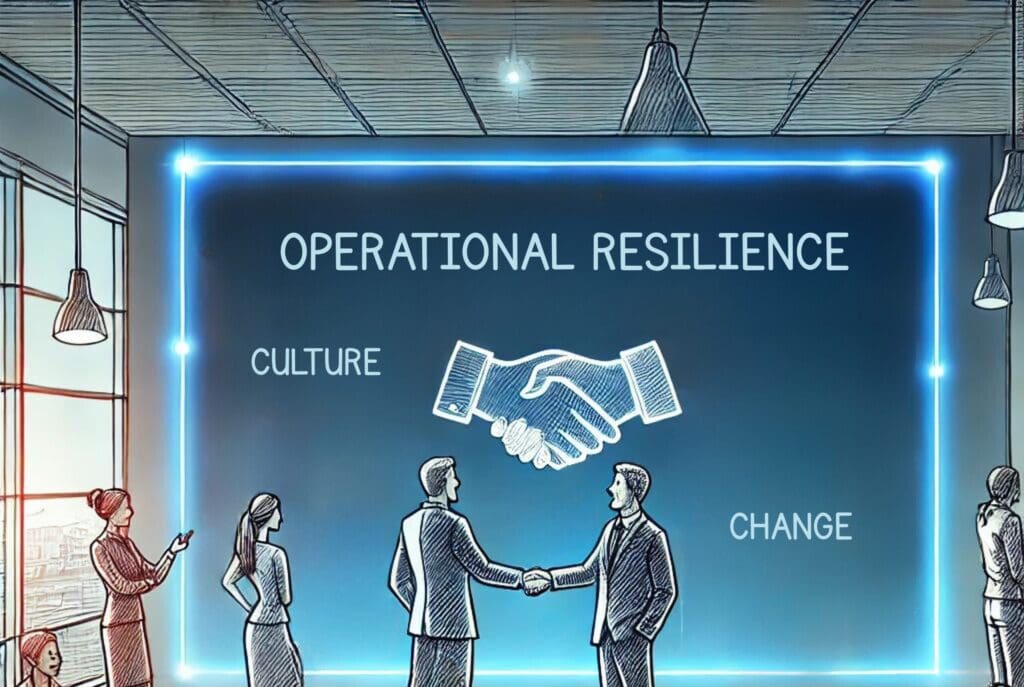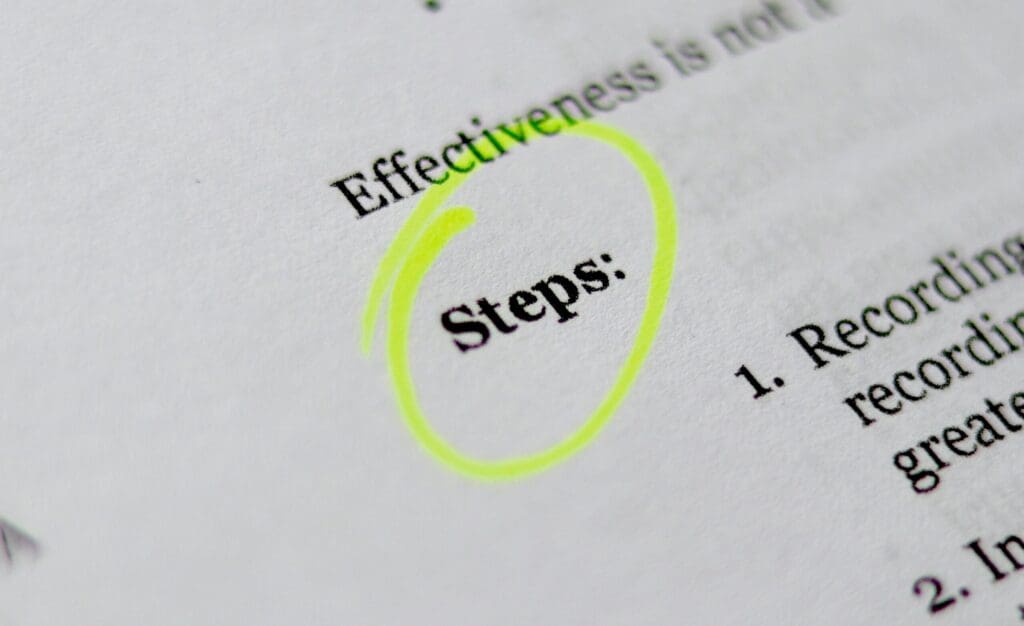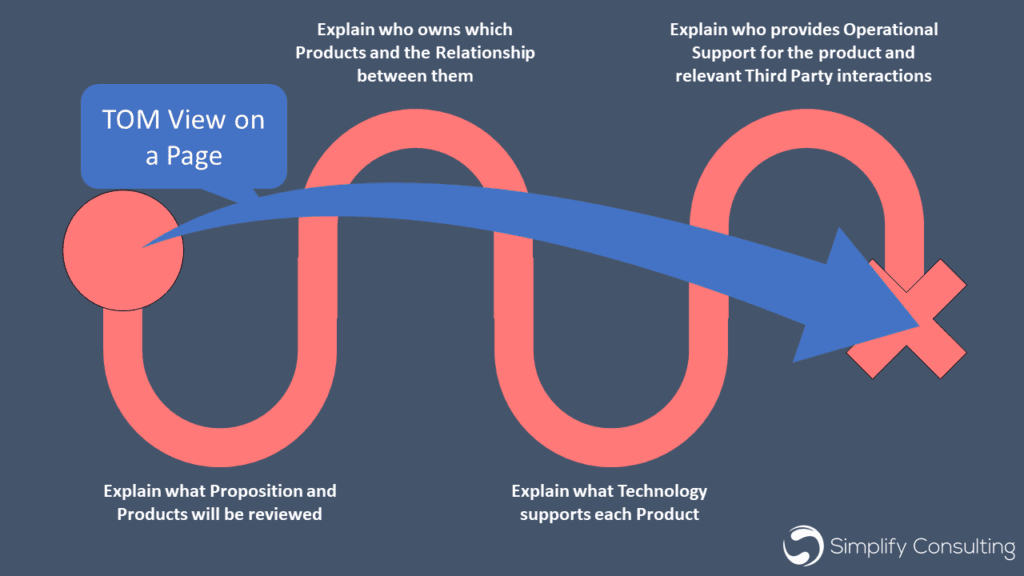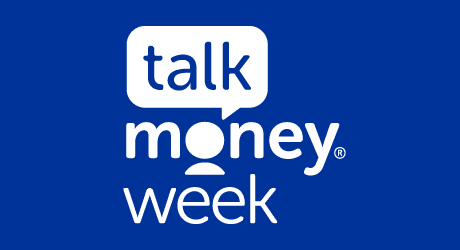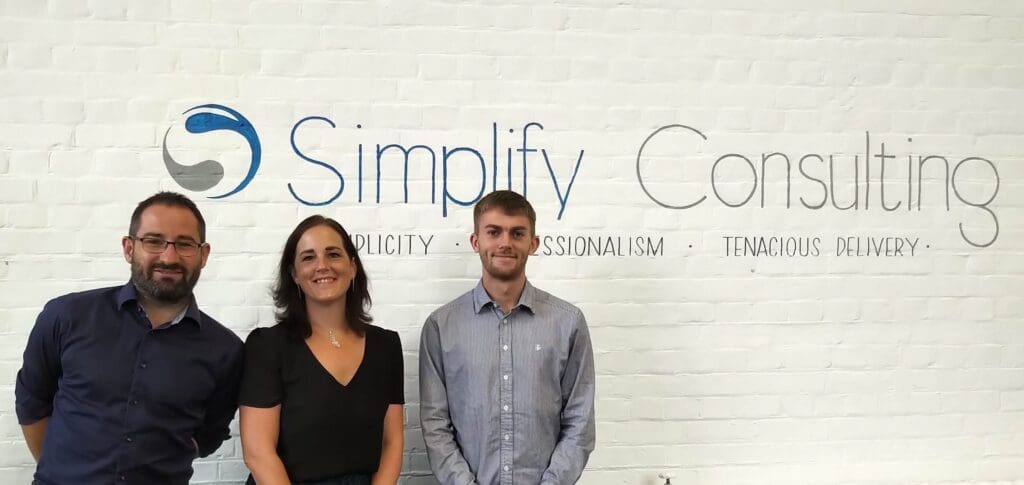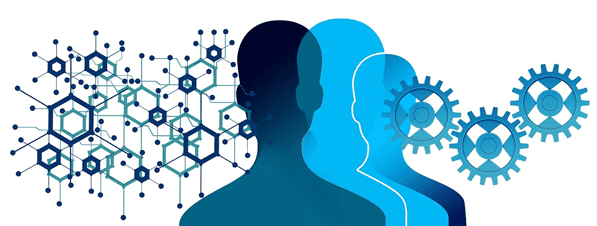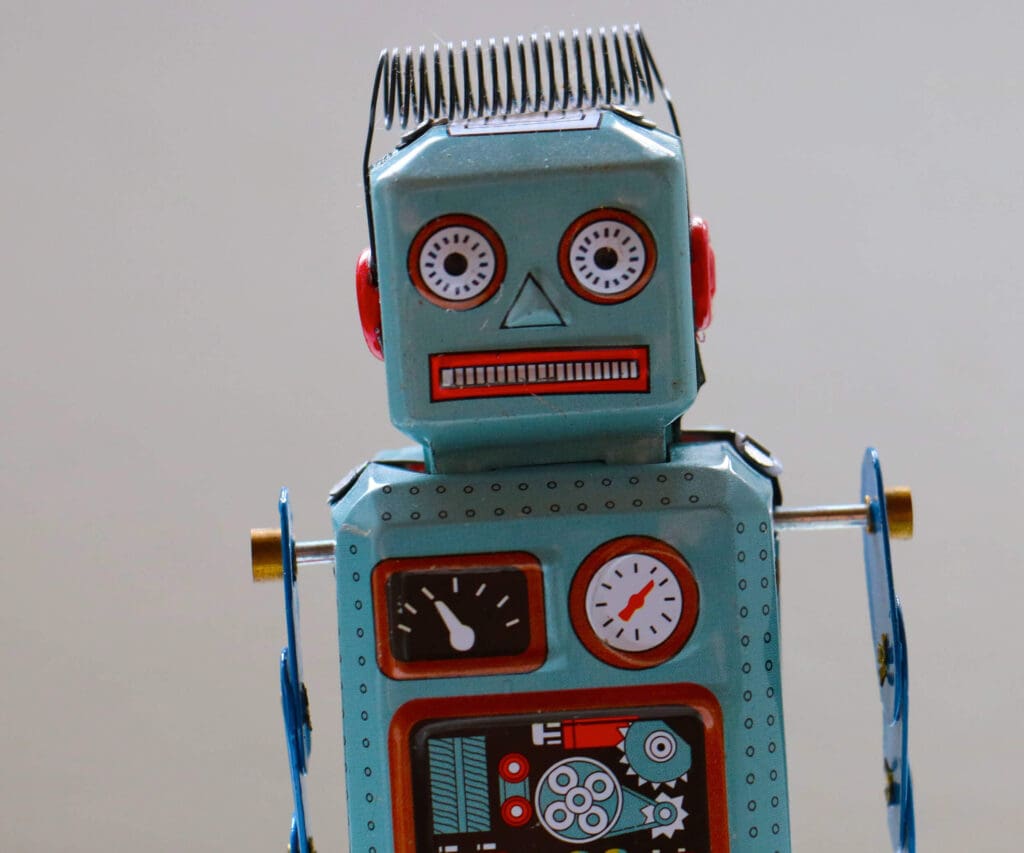Born out of the need for flexibility, speed, and consistency, Agile has given us an alternative way to manage change since its inception in the early 00s.
However, with the advent of AI, questions arise about the future of Agile. Will AI render Agile or the Agile team obsolete, or will it enhance and evolve it further?
The Evolutionary challenges of Agile.
The values of Agile ensure individuals and interactions, working software, collaboration, and responding to change, are prioritised over rigid planning. Methodologies like Kanban, Extreme Programming (XP) and Scrum have since emerged, each offering frameworks for implementing Agile principles across both IT and non-IT related initiatives. Let’s remember, Agile thinking was never designed to work with just software development – it’s a delivery method, whether it’s a process re-engineering project or system enhancement. These methodologies fostered an environment of iterative development and deployments into the business, self-organising teams, and continuous feedback, which allowed teams to adapt quickly to changing requirements and deliver value incrementally (if done in the right way).
Despite all the publicised benefits, Agile hasn’t been without its pitfalls. One of the primary issues is scaling Agile practices across large firms. While Agile works well for small, cross-functional teams, implementing it at an enterprise level can be complex…really complex.
Coordination among multiple teams, maintaining quality, and managing dependencies are significant hurdles and extremely resource hungry. There’s a big reliance on team members being familiar with Agile, and its principles, and Agile coaches can only be spread so thin. Without that deeply engrained understanding, you can suddenly find yourself in a Waterfall / Agile hybrid cocktail which will quickly derail the project.
Other factors can also come into play, such as cultural resistance, as Agile requires a shift in mindset from traditional hierarchical structures to more collaborative and flexible approaches. This change can be difficult for firms accustomed to rigid processes and top-down management, agnostic of the type of project.
It doesn’t always go to plan: Mr Bates v The Post Office
It’s odd to reference an ITV drama in a blog about Agile, but the series is based on the real-life story of postmaster Alan Bates (Toby Jones) who drove the campaign to expose the Post Office Horizon IT scandal – the very same system that was deployed using Agile methodology as a means introduce the tech into branches nationwide in the early 00’s. Many factors caused the subsequent failures of the project, but it’s a well-publicised example of deploying too quickly, with bugs and other critical issues. Of course, back then, it was still in its infancy, but it highlights the risks of choosing a methodology or approach that your firm isn’t set up for.
So why the big push to go Agile?
Projects Initiated on Agile benefit from up to a 64% Success Rate, compared to Waterfall at 49% that’s according to Agile Connection. That coupled with a 25% higher productivity rate in comparison to other traditional methods makes it obvious to see why firms are pushing for the culture shift and why so many opt to use the methodology.
It can’t be used for any initiative though, and that’s important to call out. Remember, one of the key four pillars of the manifesto is “Working Software over Comprehensive Documentation” – technical programmes of work usually require detailed upfront analysis, and this takes time, something that Agile doesn’t always cater for and can be problematic when delivering transformative programmes of work.
What if Agile teams had more time, more time to do the value-add tasks.
AI has the potential to revolutionise Agile practices
The more we understand AI and its potential, the more we can harness it to help deliver projects on time, on budget and most importantly to business requirements. One of the biggest issues with any project is time, there’s never enough of it, and this is just one problem that AI can help with. Here’s some others:
- Automation
For IT related Agile Projects, AI can help automate many of the repetitive tasks such as bug identification, test execution, and even code creation, freeing up team members to focus on more strategic and creative work. This automation can lead to faster delivery times and higher quality products.
- Enhanced Decision-Making
By providing data-driven insights. AI-powered analytics can help an array of Agile projects and teams better understand user behaviour, predict trends, and make more informed decisions. This capability aligns well with Agile’s emphasis on responding to change and continuous improvement.
- Improve Collaboration Within Agile Teams
AI tools can facilitate better communication, track progress, and identify bottlenecks in real-time, ensuring that teams stay aligned and productive. It can take away the administrative aspects of project roles and help with meeting minutes, actions and summarise the key outputs. It can better support eliciting requirements, helping to remove the ambiguity between developers and the business.
- Agile AI Coaches
An Agile coach is a core member of the team; however, this is one role that could be identified to be replaced by AI. Whilst controversial, it evidences that utilising generative AI will ensure that Agile practices and principles are adhered to. The AI learns ways of working within the firm and can adapt to behaviours and culture to provide guidance throughout the project.
Is AI in Agile transformative? no, productive, yes! Teams will still need to maintain oversight and validate the AI’s contributions to avoid potential pitfalls which are echoed through most processes where we see AI benefiting.
What is the future for Agile?
The future of Agile will be driven by its integration with AI (and other emerging technologies). Rather than rendering Agile obsolete, we’d expect AI to enhance Agile practices, making them more efficient and effective.
It will compliment humans, the Product Owners, SMEs, Developers, Business Owners etc. These roles will leverage AI tools to automate routine tasks, gain deeper insights from data, and improve collaboration. This shift will allow Agile teams to focus more on innovation and strategic decision-making.
As firms increasingly adopt Agile principles across various functions, we can expect to see more hybrid models that combine Agile with other methodologies (such as Waterfall) to address specific needs – though not always deliberate, we are starting to see this more frequently today. It resolves Agile’s shortcomings, in favour of a better end product, be that software, hardware or just a process improvement-based product.
In conclusion, Agile has indeed transformed how firms manage change and deliver value. While AI presents new challenges and opportunities, it is unlikely to spell the end of Agile. Instead, AI will enhance and evolve Agile practices, ensuring they remain relevant and effective in the future. Yes, we may see some roles impacted, but the key will be for firms to embrace these changes and continuously adapt their Agile practices to leverage the full potential of AI.

Chris Lamb
Wealth Consultant
Let us know how we can help you by getting in touch today using [email protected]
Practitioners, Proportionate, Professional. Simplify Consulting. It’s what we do.









